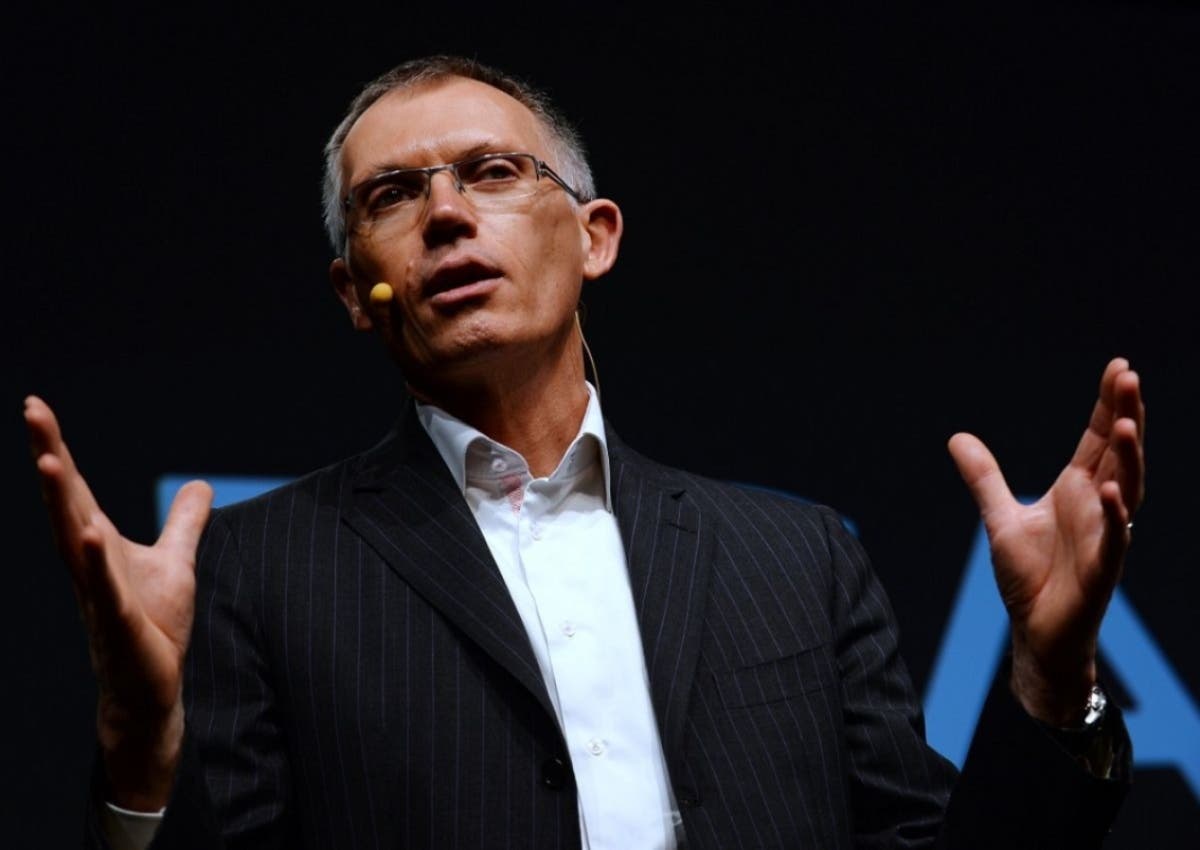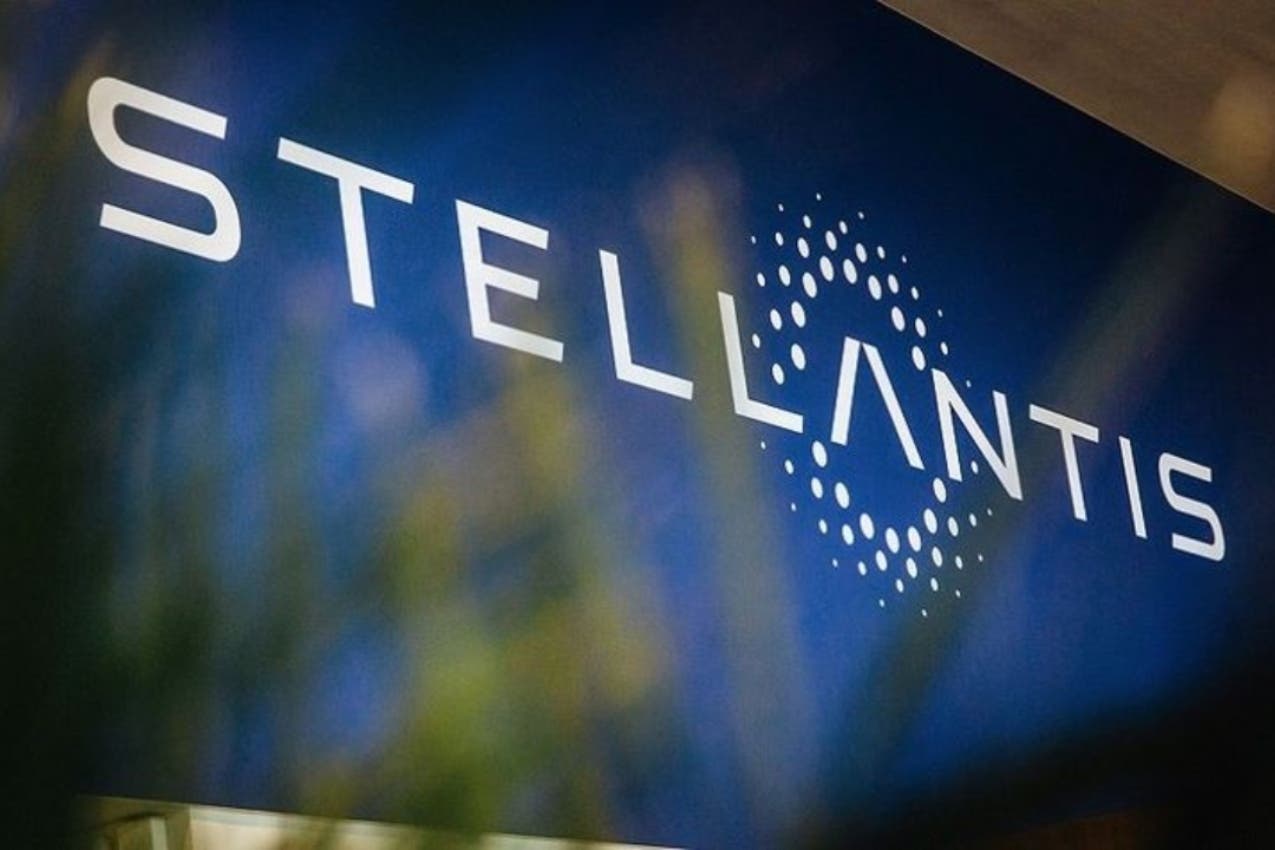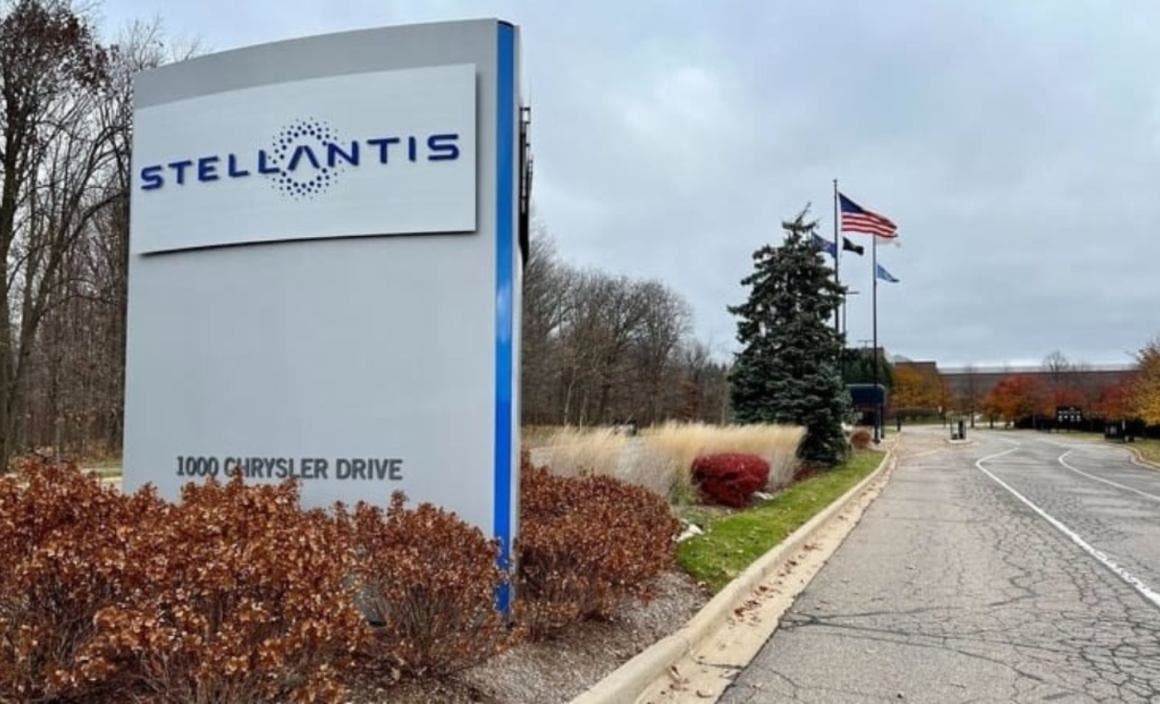Stellantis continues its rigorous cost reduction strategy for the coming months. The encouraging, sometimes record-breaking results of recent years are not enough. After all, we are in a moment of great transformation for the automotive industry, with a race to produce and optimize electric vehicles.
Stellantis works on reducing raw material costs and plans new layoffs

Natalie Knight, CFO of Stellantis, recently spoke about an expected saving of about 200 million dollars on steel and raw materials for electric vehicles in the second quarter of 2024 compared to the first. This is also an attempt to lower expenses while trying to adapt to the ongoing global change in the sector. However, Stellantis is also cutting its workforce, particularly in North America. The company has already reduced its global workforce by 5.2% in 2023, bringing it to just over 258,000 employees, and further layoffs are expected.
CEO Carlos Tavares admitted in a recent interview with Fortune that his own “arrogance” contributed to Stellantis’ difficulties. Excess inventory, production problems, and lack of sophistication in the North American market. “When I say we were arrogant, I’m talking about myself, not others,” Tavares said. “I should have intervened immediately, recognizing the convergence of these three problems and creating a task force to solve them.”
Meanwhile, Tavares received a substantial salary increase in 2023, with a 56% increase in total compensation, reaching 36.49 million euros ($39.5 million). This included 23.47 million euros ($25.1 million) in cash and equity and a transformation incentive of 10 million euros ($10.7 million) tied to global mobility milestones.

The company has also moved key engineering centers to countries such as Morocco, Brazil, and India and has consolidated its vehicle range to an offering of five platforms. The platforms are designed to support most of the vehicles produced by the automaker, but controversies are not lacking. Workforce cuts and relocations risk alienating every crucial market for the Stellantis group.
Stellantis, in an attempt to remain competitive, has formed a strategic joint venture with the Chinese brand Leapmotor, acquiring a 51% stake in the company. This partnership aims to develop affordable electric vehicles. Moreover, there are rumors that Stellantis wants to produce Leapmotor vehicles in its Mexican plants for the US and Canadian markets. At the same time, however, the Biden administration has recently imposed significant tariffs on Chinese electric vehicles, a position similar to that of former President Trump regarding Chinese imports.
Obviously, for Tavares, “Protectionism has many drawbacks. They don’t appear immediately, but they appear one after another as time passes.” On the European front, something similar is happening, with Tavares expressing concern about the European Union’s decision to impose tariffs of up to 38.1% on Chinese automakers.

